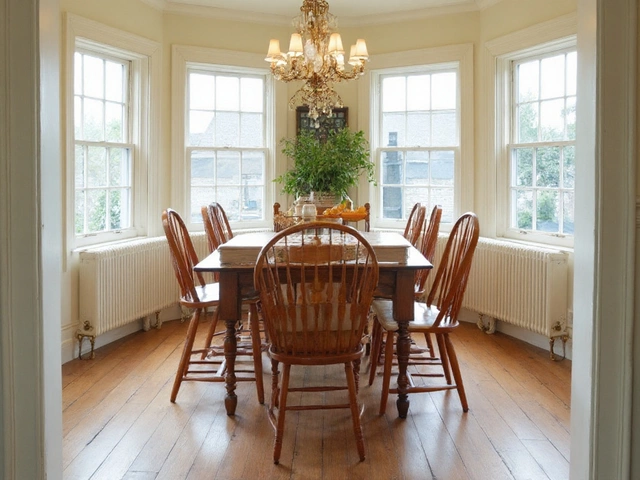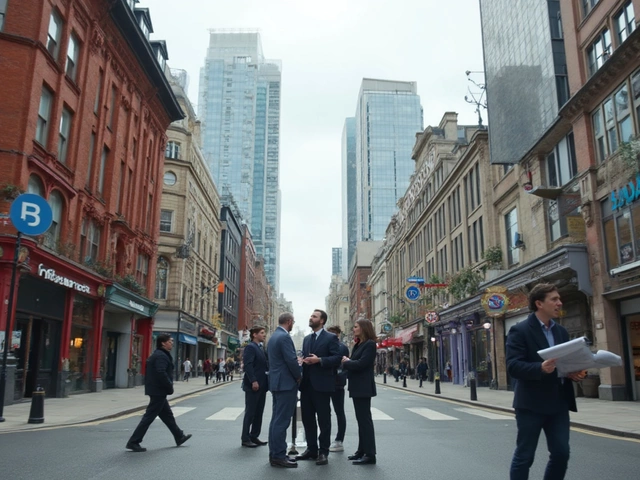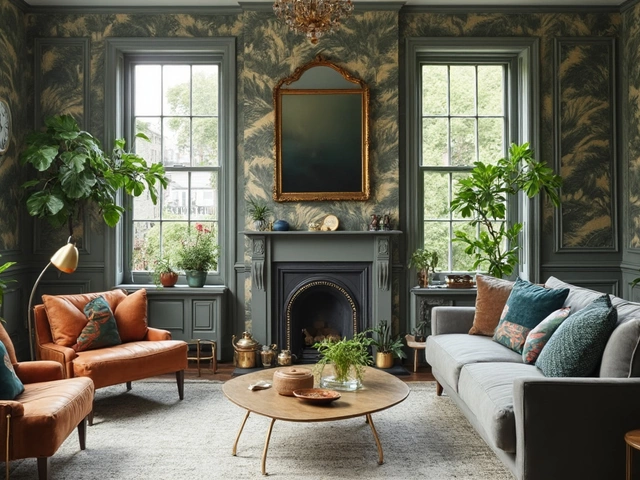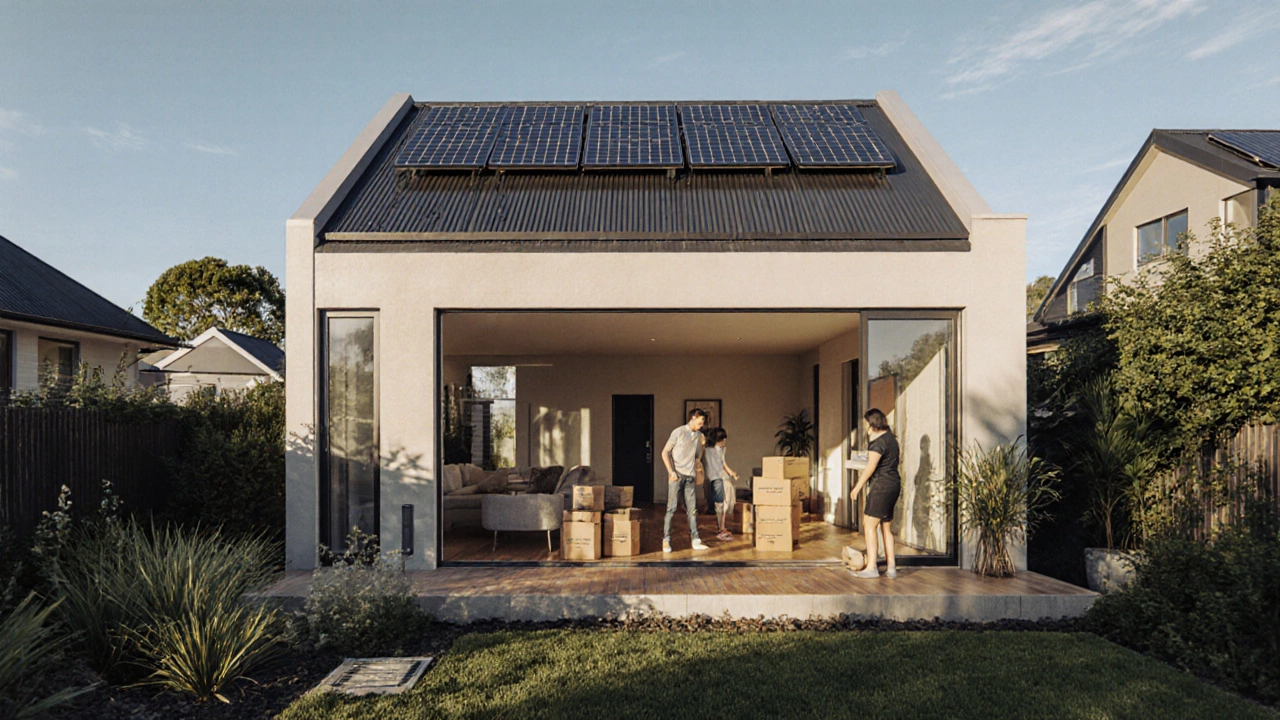
Buy vs Build Calculator
Compare Your Options
When you’re thinking about your next home in New Zealand, the biggest question isn’t about floor plans or paint colors-it’s whether to buy or build. It’s not just about money. It’s about time, stress, control, and what kind of life you want to live after you move in. In 2025, with Auckland’s housing market still tight and building costs higher than they were five years ago, this choice carries more weight than ever.
Buying a House: Fast, Familiar, But Limited
If you want to move in fast, buying a house is the obvious pick. You walk through a door, sign papers, and within six to eight weeks, you’re unpacking boxes. No waiting for concrete to cure. No arguing with builders over tile choices. That’s the appeal.
But here’s the catch: most homes on the market were built before 2010. That means older insulation, single-glazed windows, and wiring that can’t handle your smart home gadgets. The government’s Healthy Homes Standards forced landlords to upgrade, but owner-occupiers? They’re stuck with what’s there. A 2024 survey by the Building Performance Association found that 62% of homes built before 2000 still don’t meet current thermal performance standards.
And then there’s the competition. In Auckland, it’s common to see five offers on a three-bedroom house in Remuera or Onehunga. You might win the bid, but you’re paying a premium for location, not quality. You’re buying someone else’s compromise-the layout they didn’t change, the kitchen they never updated, the backyard they never landscaped.
Building a House: Slower, But Yours from the Ground Up
Building a house means you get to decide everything. The window placement. The depth of the kitchen bench. Whether the laundry has a window or not. You’re not just choosing finishes-you’re shaping how your family lives day to day.
In 2025, a new build in Auckland averages between $850,000 and $1.3 million, depending on size and location. That’s a lot more than the median house price of $920,000, but you’re not just paying for bricks and mortar. You’re paying for energy efficiency. Double-glazed windows. Underfloor heating. Solar panels. Airtight construction. These aren’t luxuries anymore-they’re baseline expectations in new builds.
And the savings? They come over time. A well-built new home uses 40% less energy than a 1990s house, according to Energy Efficiency and Conservation Authority (EECA) data. That’s $1,200 to $1,800 a year on power bills. Add in lower maintenance-no leaking roofs, no rotten window frames, no rewiring-and you’re looking at $5,000 to $10,000 saved over ten years.
The Hidden Costs of Building
People think building is expensive because of the sticker price. But the real cost is in the invisible stuff: time, stress, and surprises.
Building a house in Auckland takes 9 to 14 months from approval to keys. That’s longer than most people expect. You’ll need to rent somewhere while it’s being built. That’s another $30,000 to $45,000 over a year, depending on where you live.
Then there’s the paperwork. Resource consents, building permits, engineering reports. If you’re not working with a good builder who handles this, you’ll be spending weekends chasing council approvals. One client in Manukau spent six months just waiting for a resource consent because their site was on a steep slope. That added $18,000 in extra rental and finance costs.
And let’s talk about changes. You think you know what you want until you’re standing in the middle of a half-built house and realize the kitchen island is too close to the fridge. Change orders cost money-$200 to $800 per tweak, depending on the stage. That’s why smart builders include a 5% to 7% contingency in their quotes. If you don’t, you’ll be dipping into your savings faster than you planned.
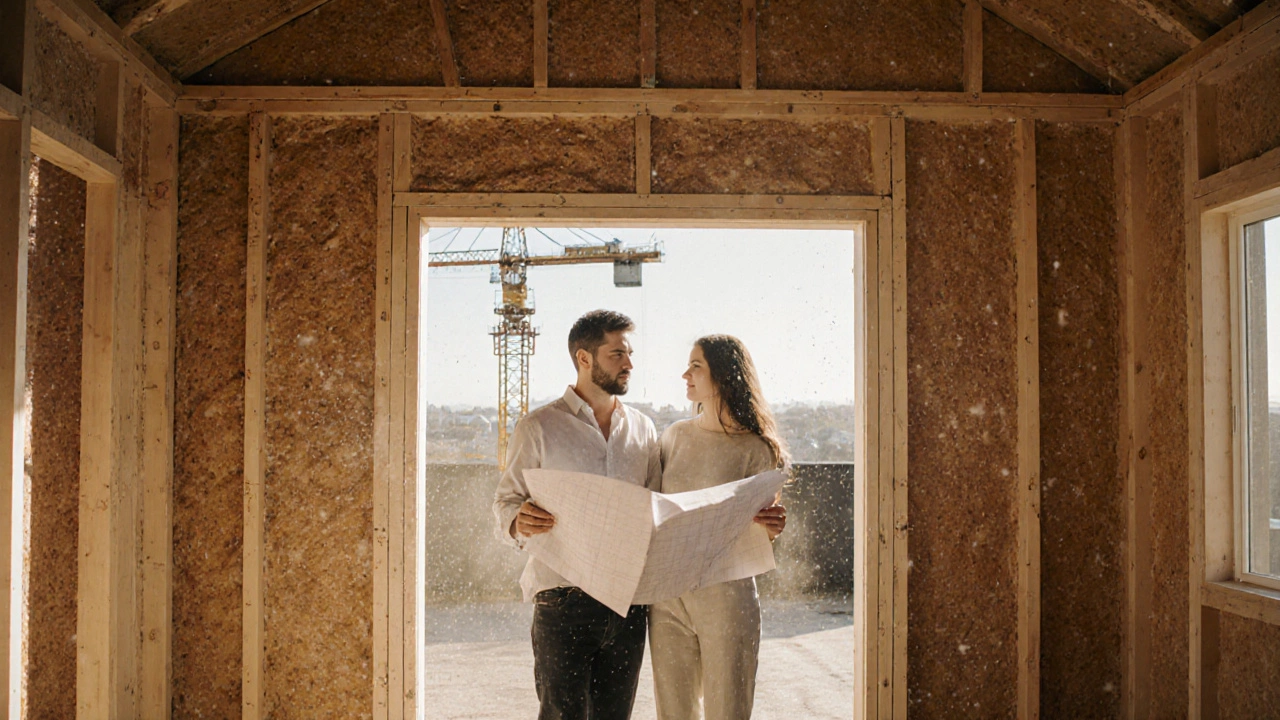
When Buying Makes More Sense
Buying isn’t the lazy option-it’s the strategic one, if your situation matches.
- You need to move in under 3 months.
- You’re on a tight budget and can’t afford the upfront cost of building.
- You’re not handy and don’t want to manage contractors.
- You’ve found a solid, recently renovated home in a good area.
There are houses built between 2018 and 2023 that meet current standards. They’re rare, but they exist. Look for homes with a Code Compliance Certificate issued after 2020. Check for insulation in walls and ceilings. Ask for a recent LIM report to see if any consent work was done. A $200 LIM report can save you $20,000 in hidden repairs.
And don’t overlook Section 226 houses-those are homes built under the government’s KiwiBuild program. They’re not perfect, but they’re designed for efficiency and affordability. You won’t get a custom layout, but you’ll get a home that doesn’t leak and has decent insulation.
When Building Is the Only Smart Choice
Building makes sense when you need something that doesn’t exist on the market.
- You have a unique family setup-multi-generational living, home office, accessible design.
- You’re on a large, unusual section and want to maximize the view or sun exposure.
- You care about sustainability and want to use recycled materials or solar power.
- You’re tired of paying rent and want to lock in your housing cost for the next 30 years.
One couple in Ōtāhuhu built a 180m² home on a narrow 600m² section. They designed it with a courtyard for natural light, a sunroom for winter, and a garage that doubles as a workshop. Their monthly mortgage is $3,200. The equivalent bought house in the same area would have cost $1.4 million and had a 1980s layout with no insulation. They paid $1.1 million to build. They saved $300 a month on power and never had to fix a leak.
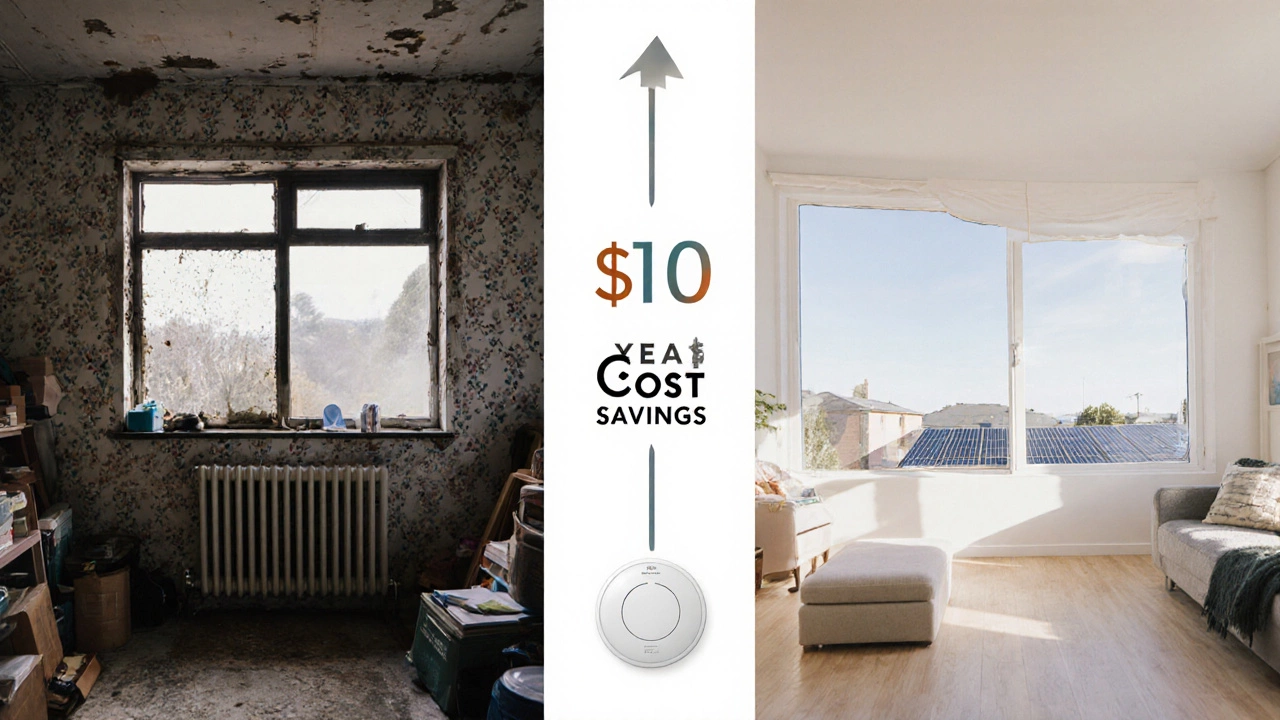
What Most People Miss
Everyone focuses on the cost of the house. But the real question is: what’s the cost of living in it?
Let’s say you buy a $900,000 house. You pay $4,000 a month in mortgage, rates, insurance, and power. That’s $48,000 a year.
You build a $1.1 million house. Your mortgage is $4,900 a month. But your power bill is $150. Your insurance is cheaper because the house is newer. Your rates might be higher because the land value is higher, but your total annual cost? Around $46,000.
After five years, the built home has cost you $230,000. The bought home? $240,000-and you still have a 20-year-old roof, a leaky bathroom, and a heater that takes 20 minutes to warm the living room.
It’s not about who spends more upfront. It’s about who ends up paying less over time.
The Verdict: Build If You Can Wait. Buy If You Must Move.
There’s no universal answer. But here’s what I’ve seen work for people in Auckland:
- If you’ve got 12+ months and can afford the extra rental cost, build. You’ll end up with a home that fits you, costs less to run, and holds its value better.
- If you need to move now, or your budget is tight, buy-but only if it’s post-2018, has a full LIM report, and meets Healthy Homes Standards.
- If you’re unsure, get a pre-build consultation with a registered builder. Most offer free 30-minute sessions. They’ll tell you if your section is buildable, what the real costs are, and whether buying might be smarter than you think.
Building a house isn’t a gamble. It’s an investment in comfort, efficiency, and control. Buying is a shortcut. Both are valid. But only one gives you a home designed for how you actually live-not how someone else lived 20 years ago.
Is it cheaper to buy or build a house in Auckland in 2025?
Buying is cheaper upfront, but building is cheaper long-term. A typical Auckland home bought in 2025 costs around $920,000, but may have high energy bills and repair needs. Building a new home costs $850,000-$1.3 million, but includes modern insulation, double glazing, and solar-ready design, cutting annual power bills by 40%. Over 10 years, the built home often costs less overall.
How long does it take to build a house in Auckland?
From signing the contract to moving in, it takes 9 to 14 months. The first 2-4 months are for consents and approvals. Construction itself takes 6-8 months, depending on weather and complexity. Delays from council approvals or material shortages are common, so always plan for a 2-3 month buffer.
Can I build a house on any piece of land in Auckland?
No. Auckland Council has strict rules about section size, slope, flood risk, and heritage overlays. A 400m² section might be too small for a new home if it’s on a steep hill. A 600m² flat section in Manukau might be fine. Always get a pre-purchase site assessment from a registered surveyor or builder before buying land.
Do new builds hold their value better than older homes?
Yes. New builds in Auckland typically hold their value better because they meet current standards and appeal to buyers who want low maintenance. A 2024 CoreLogic report showed new homes sold 12% faster and averaged 5% higher resale value than homes built before 2010, even in the same suburbs.
What’s the biggest mistake people make when building a house?
Not budgeting for changes. Most people think they’ll stick to the plan-but once they see the space, they want adjustments. A window moved, a kitchen cabinet added, a different tile selected-each change costs $200-$800. Always include a 7% contingency in your budget. Skip it, and you’ll be stressed and over budget before you even finish.
If you’re still deciding, start with a LIM report on a house you like. Then, talk to a local builder about what you could build on a similar section for the same price. You might be surprised.
